Although there are many telehealth applications available, have you ever wondered why there had been a rise in the creation of telehealth and telemedicine apps? Although, we are aware that the Covid-19 pandemic has contributed to this technological progress of telehealth app development and integrations. The main impetus for the development of healthcare applications comes from the advantages that its users have experienced.
This on-demand application has become more popular due to the availability of electronic health records directly on your mobile device. Also, significantly reducing the risk of infection, better documentation management for doctors, and numerous other benefits of this medical app development are the factors of its popularity. In 2019, the global telehealth market was valued at $62 Bn, and the projections for 2030 have been estimated to be $660 Bn.
What will you discover on this blog, then? This will act as a reference for telehealth app development and integrations. We will walk you through some of the finest uses for having a healthcare application in place before delving deeply into the process of creating a robust telehealth application. We will also make an effort to comprehend the significant integrations, such as big data, EHR integrations, virtual reality features, and artificial intelligence (AI) in healthcare.
Key use cases of telehealth
Telehealth has seen an increase in use cases as a result of technological advances in both hardware and software, as well as cost savings realized by consumers. Although there is an endless list of potential possibilities with healthcare app development, we will focus on a few important telehealth application use cases.

1. Remote consultation
A healthcare application’s remote communication channel is one of its most notable features since it allows a patient to consult with his selected doctor and the doctor to evaluate the patient without having to make physical contact. In addition to being practical for both the patient and the doctor, remote consultation is also economical.
2. Dermatology
A dermatologist no longer has to see a patient in person to examine and treat them for chronic skin conditions. Thanks to the emergence of video consulting features in healthcare apps.
3. Emergency Care
Most healthcare service providers have found this use case to be the most productive. Service providers employ a telemedicine or telehealth app for efficient care management at every level of patient care, from patient triage to treatment and post-treatment examination.
4. Rehabilitation
It is essential to provide rehabilitation services to a patient after their hospital stay so that to recover from their illness as rapidly as possible. A telehealth application assists the doctor, the nursing staff, and the patient’s family in rehabilitating and revitalizing the patient to the pre-disease state.
5. Medical Education
In addition to being helpful to patients and doctors. Telehealth applications provide top-notch instruction to medical students. Due to the COVID-19 pandemic, which prevented students from physically attending class, telehealth has come to their rescue and allowed them to obtain a high-quality education from the comfort of their own homes.
Technologies used for telehealth app development and integrations
A robust telehealth application must have integrations with various technologies. It is to support these use cases and additional diverse uses. A healthcare app has become more profitable recently, thanks to certain innovative technologies that have surfaced. Here are a few of these integrations:
Artificial Intelligence
Any telehealth application is lacking if it does not include an AI-enabled module. While many artificial intelligence-based modules can be combined, a live chatbot accessible around the clock is the main feature that has dominated the telehealth sector. Due to the limited availability of doctors owing to their busy schedules, a feature-reach chatbot can help a patient to plan appointments, recommend first-level medication, provide personal assistance, and even diagnose some diseases to a certain extent.
Big Data
One sector where enormous amounts of data are generated annually is healthcare. Big data integration with telehealth applications aids in accurate disease diagnosis, optimal care prescription recommendation, reduction of research time and effort, and cost-effective care.
Virtual reality
Virtual reality characteristics can significantly enhance the effectiveness of a doctor. It is frequently employed to give laparoscopic surgery students top-notch instructions. Although VR devices are now pricey, technical improvements will soon help reduce the cost of device creation. VR is an effective way to learn surgery before performing a real-life operation.
Storage on Cloud
With billions of data produced annually, it is critical to minimize the cost of data storage, which cloud storage enables. Important service providers like Microsoft Azure, Amazon Web Services, and Google Cloud offer low-cost data storage services and feature-rich integrations to maximize the use of this data. Additionally, since these service providers have cybersecurity ingrained in their service offerings, there is no need to design security features separately.
Blockchain
This integration makes it possible to share encrypted data over a distributed network. With blockchain integrations, a service provider may be confident of safe communication without any hassles.
Internet of Things
You have probably seen that there are many different wearable technologies available right now. Many people use these wearables to watch their vital signs and check their health. To enable doctors to access patient data, the data produced by these wearable devices can be integrated with a telehealth app.
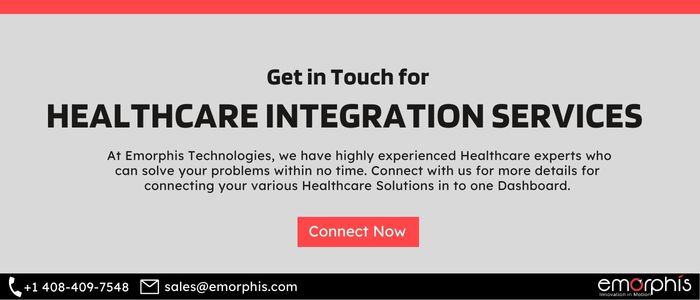
How to develop a telehealth application?
A telehealth application’s development is the same as any other on-demand app development. Nevertheless, depending on the intended audience and end users, the development method may need to be modified. Additionally, if telehealth app development and integrations need to be customized for a particular usage and functionality, there can be a few extra stages needed. The primary stages that must be followed to design a healthcare app are shown below.
1. Analysis and Planning
This is a crucial stage in telehealth app development and integrations, just like any other software development. Analyzing your target audience is crucial before you start coding and doing any actual work. Before beginning development, you should think about critical things, including the amount of time needed to construct the app, the size of the team needed, the key technologies you will utilize, and an estimation of the customer’s budget. In this stage, you should:
- Develop a business strategy and plan
- Compile the list of features you want to have in your application
- Plan the integrations like IoT, AI, Big Data, EHRs, and any such feature
- Plan communication channels that you want to integrate like video, call, chat, and email
- Finalize technologies that you will use for push and pull communication
- Analyze any compliance requirements you might have
- Estimate your efforts and budget
- Analyze any marketing expenses you may incur.
2. Develop Project Plan
In this stage of development, you should create a thorough project plan at this stage of development that includes all the steps you will need to do. To ensure that you do not overlook any critical activities, your plan should include conversations with all the stakeholders and their acceptance. The development team, which will write the application’s code, should participate actively in these conversations. At this point, you should also decide on the project methodology you will use to create your telehealth application. The project plan should be like a roadmap for the entire team. Whatever the approach, whether it is Waterfall, Agile, Scrum, or Kanban, it must be acknowledged and shared with all parties.
3. Wireframe and UI development
When you move into actual development, this is the first thing you should do. As user experience is the most critical selling factor of any application, a wireframe should be designed considering the user experience. Once this wireframe is finalized, you should move into developing a prototype which should be tested by all the parties involved.
4. Coding, Application development, and deployment
The back end of the telehealth application should be developed as soon as the front-end wireframe and user interface are complete. Create the application’s client and server sides, then continue to test each of them. You should also develop the relevant documentation at this time and preserve it for later use. Remember that before launching in the market, any healthcare application will require specific certifications; thus, start the certification process concurrently.
5. Testing and Quality assurance
Before releasing a telehealth application onto the market, it should undergo thorough testing and quality assurance. Verify that every feature you have incorporated is functional and offers a positive user experience. Your testing should be concentrated on ensuring that all features operate flawlessly and with high quality.
6. Support and Maintenance
In order to provide the best customer after-sales experience, it is essential to provide continual support and training to them. As the app matures and new features might be required, keep adding them to your app and launch incremental versions. As cyber threats increase daily, you should be ready to release security patches at regular intervals.
For more details click on the link for details on the cost of telehealth app development.
Conclusion
The telemedicine app development solutions market is on the rise. Software development for healthcare app is expanding quickly, and telehealth app development and integrations and telemedicine app development is leading this expansion.
While we have tried to cover the critical use cases of a healthcare application, key integrations that make a telehealth application, and the development process in detail, the focus of your application development should be enhancing your services – both for the professionals and the patients.


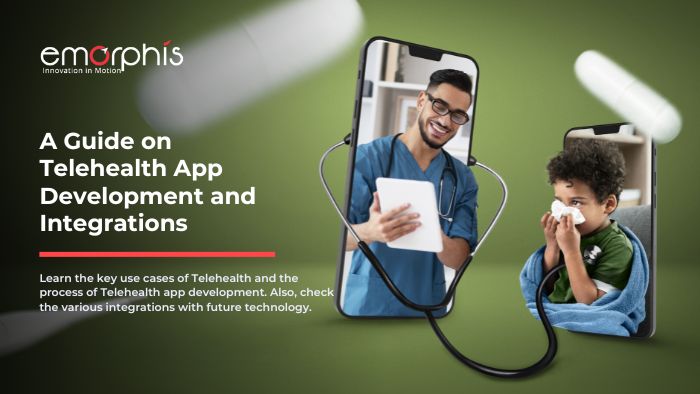
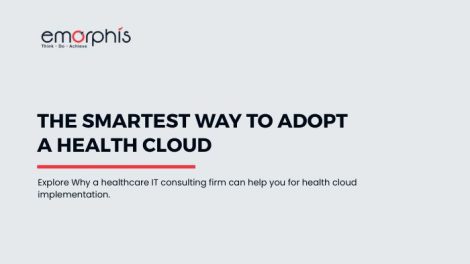
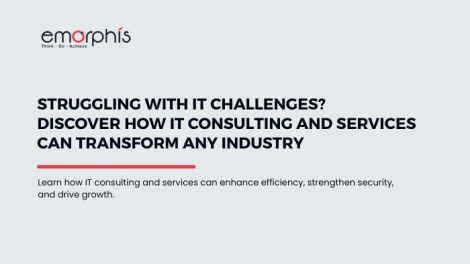
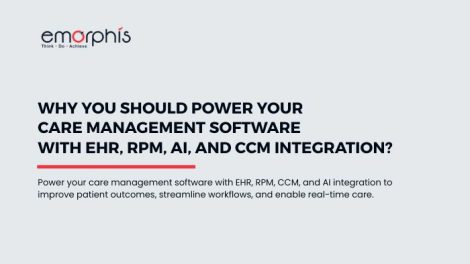
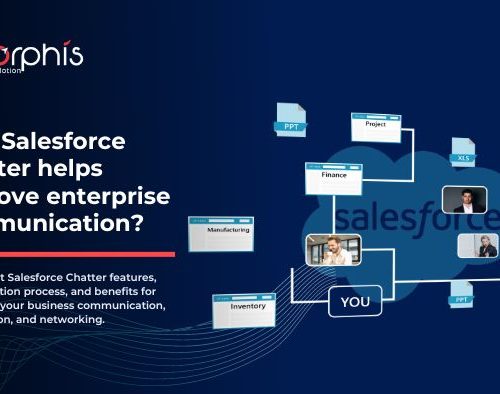 How Salesforce Chatter helps improve enterprise communication?
How Salesforce Chatter helps improve enterprise communication?